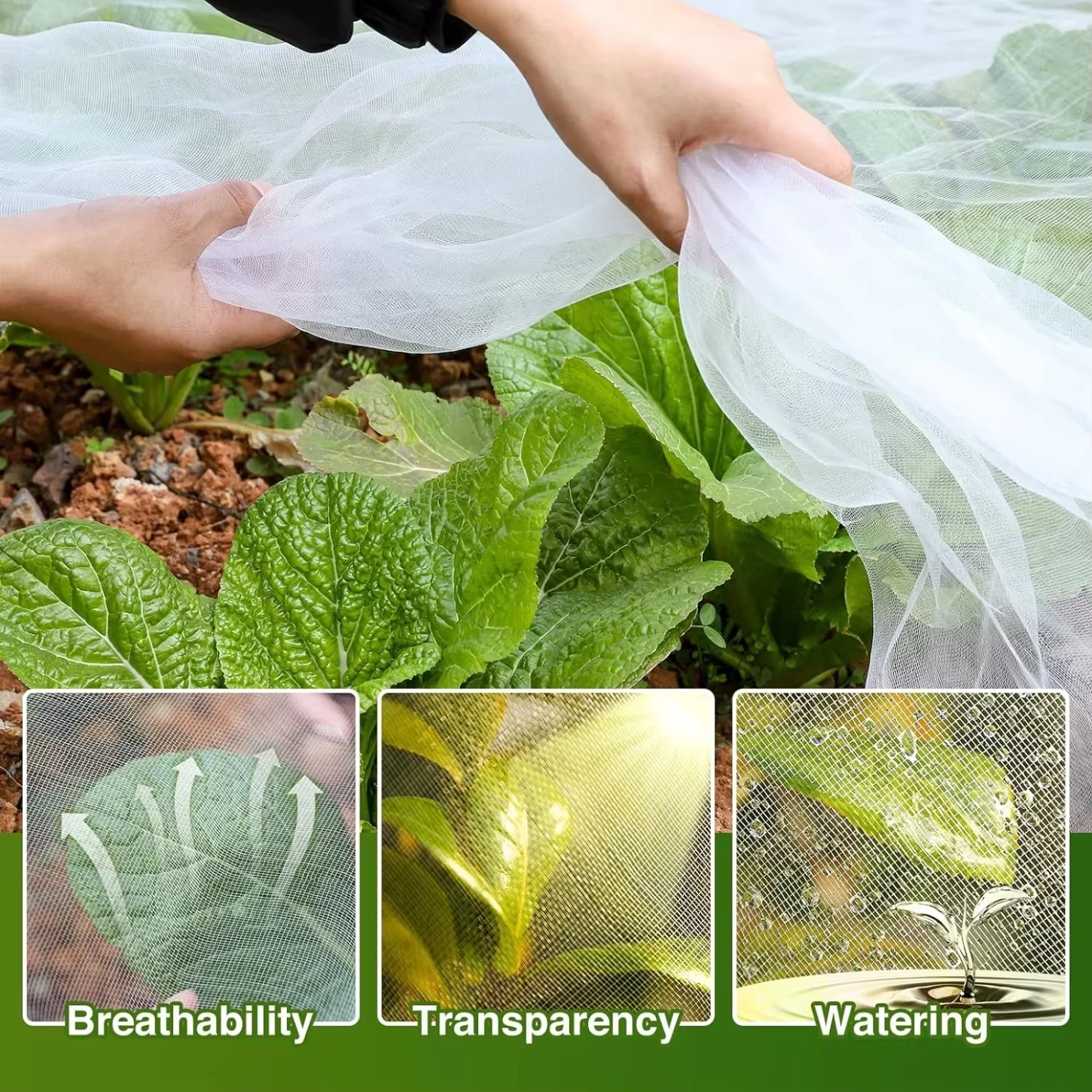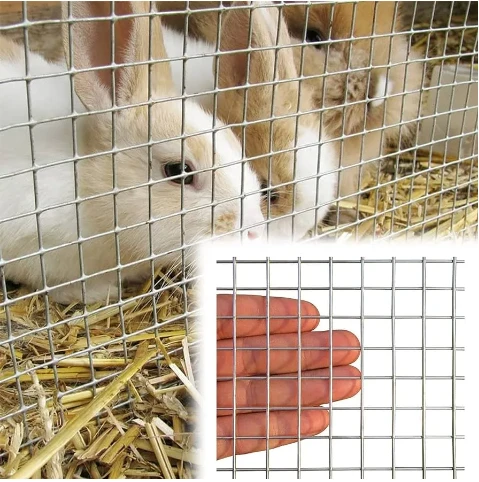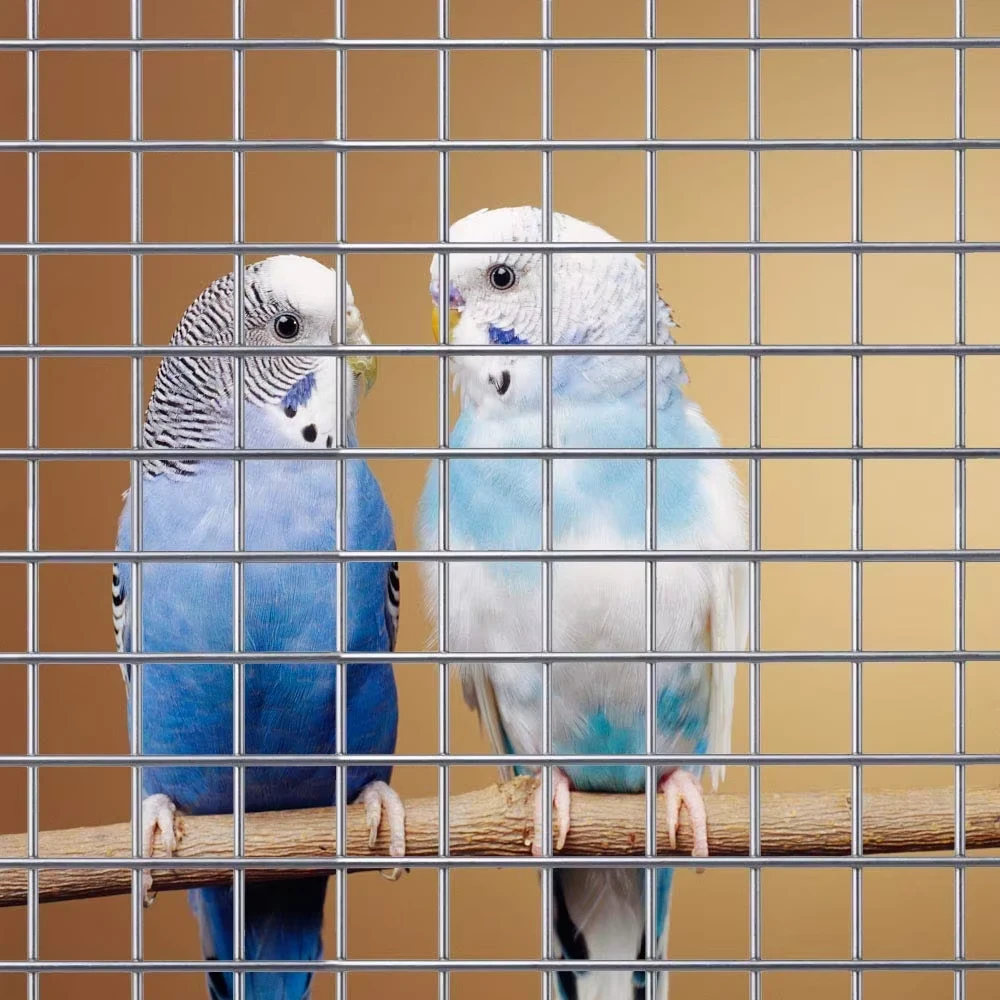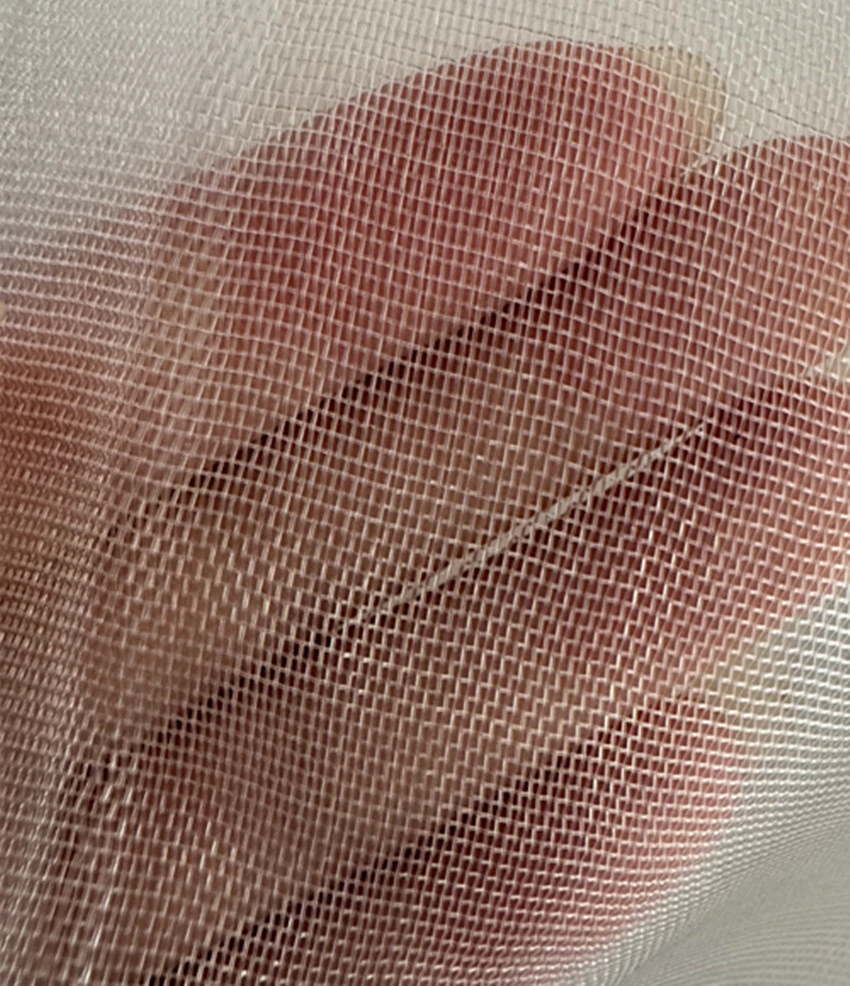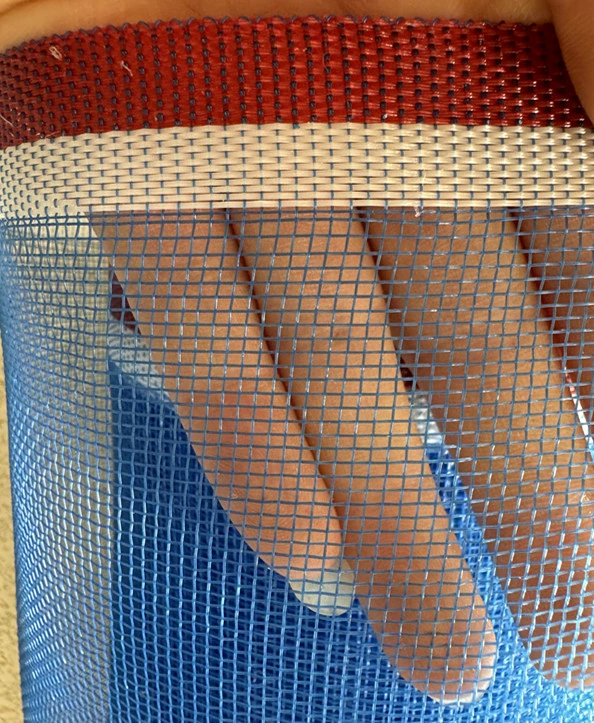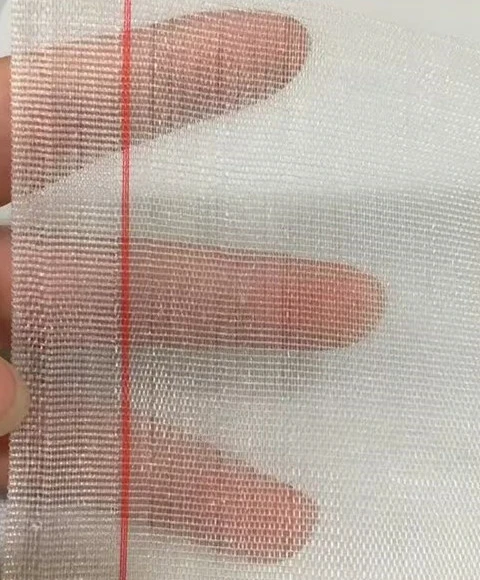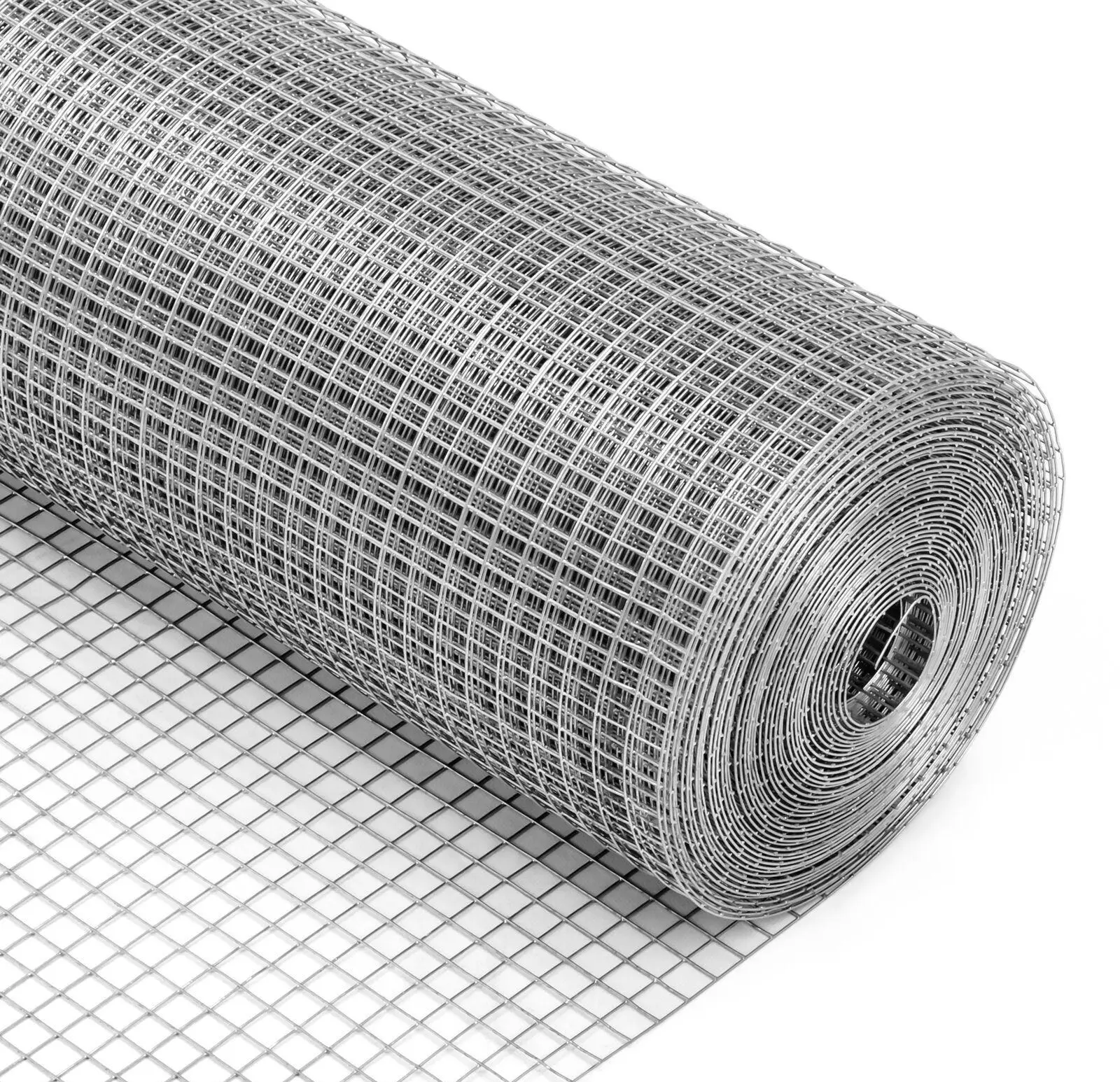-
 Afrikaans
Afrikaans -
 Albanian
Albanian -
 Amharic
Amharic -
 Arabic
Arabic -
 Armenian
Armenian -
 Azerbaijani
Azerbaijani -
 Basque
Basque -
 Belarusian
Belarusian -
 Bengali
Bengali -
 Bosnian
Bosnian -
 Bulgarian
Bulgarian -
 Catalan
Catalan -
 Cebuano
Cebuano -
 China
China -
 Corsican
Corsican -
 Croatian
Croatian -
 Czech
Czech -
 Danish
Danish -
 Dutch
Dutch -
 English
English -
 Esperanto
Esperanto -
 Estonian
Estonian -
 Finnish
Finnish -
 French
French -
 Frisian
Frisian -
 Galician
Galician -
 Georgian
Georgian -
 German
German -
 Greek
Greek -
 Gujarati
Gujarati -
 Haitian Creole
Haitian Creole -
 hausa
hausa -
 hawaiian
hawaiian -
 Hebrew
Hebrew -
 Hindi
Hindi -
 Miao
Miao -
 Hungarian
Hungarian -
 Icelandic
Icelandic -
 igbo
igbo -
 Indonesian
Indonesian -
 irish
irish -
 Italian
Italian -
 Japanese
Japanese -
 Javanese
Javanese -
 Kannada
Kannada -
 kazakh
kazakh -
 Khmer
Khmer -
 Rwandese
Rwandese -
 Korean
Korean -
 Kurdish
Kurdish -
 Kyrgyz
Kyrgyz -
 Lao
Lao -
 Latin
Latin -
 Latvian
Latvian -
 Lithuanian
Lithuanian -
 Luxembourgish
Luxembourgish -
 Macedonian
Macedonian -
 Malgashi
Malgashi -
 Malay
Malay -
 Malayalam
Malayalam -
 Maltese
Maltese -
 Maori
Maori -
 Marathi
Marathi -
 Mongolian
Mongolian -
 Myanmar
Myanmar -
 Nepali
Nepali -
 Norwegian
Norwegian -
 Norwegian
Norwegian -
 Occitan
Occitan -
 Pashto
Pashto -
 Persian
Persian -
 Polish
Polish -
 Portuguese
Portuguese -
 Punjabi
Punjabi -
 Romanian
Romanian -
 Russian
Russian -
 Samoan
Samoan -
 Scottish Gaelic
Scottish Gaelic -
 Serbian
Serbian -
 Sesotho
Sesotho -
 Shona
Shona -
 Sindhi
Sindhi -
 Sinhala
Sinhala -
 Slovak
Slovak -
 Slovenian
Slovenian -
 Somali
Somali -
 Spanish
Spanish -
 Sundanese
Sundanese -
 Swahili
Swahili -
 Swedish
Swedish -
 Tagalog
Tagalog -
 Tajik
Tajik -
 Tamil
Tamil -
 Tatar
Tatar -
 Telugu
Telugu -
 Thai
Thai -
 Turkish
Turkish -
 Turkmen
Turkmen -
 Ukrainian
Ukrainian -
 Urdu
Urdu -
 Uighur
Uighur -
 Uzbek
Uzbek -
 Vietnamese
Vietnamese -
 Welsh
Welsh -
 Bantu
Bantu -
 Yiddish
Yiddish -
 Yoruba
Yoruba -
 Zulu
Zulu
Premium Plastic Mesh for Plants - Durable Protection Netting for Gardens
- Introduction to Plastic Mesh for Plants and Its Growing Importance
- Key Technical Advantages of Modern Plant Mesh Solutions
- Comparative Analysis: Leading Brands of Plant Mesh and Netting
- Tailor-Made Protection: Customization Options for Diverse Plantation Needs
- Application Insights: Real-World Case Studies of Protection Net for Plants
- Proper Installation, Maintenance & Best Practices
- Conclusion: The Role and Future of Plastic Mesh for Plants in Modern Agriculture
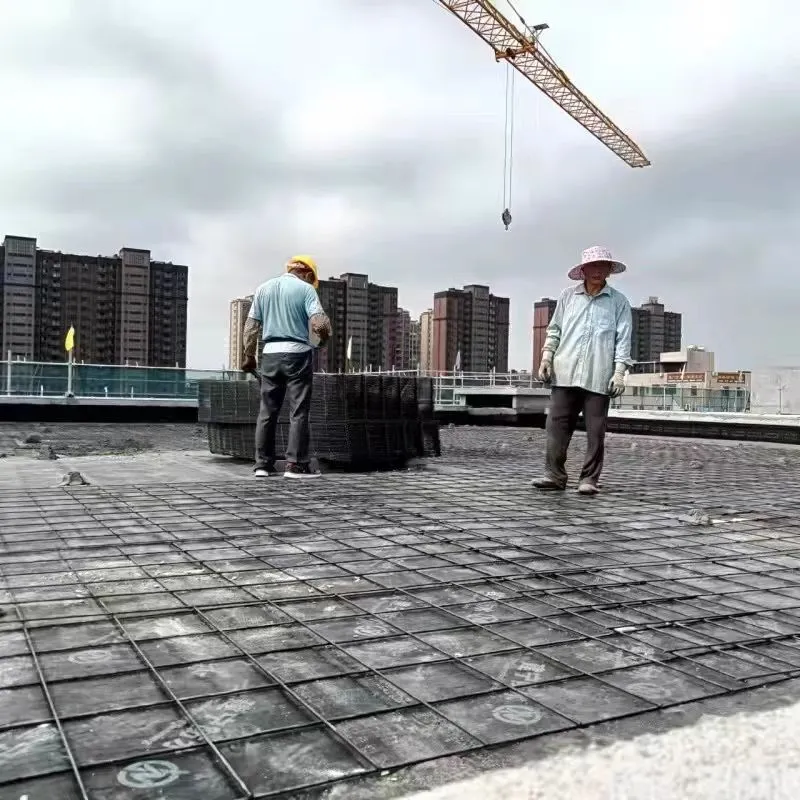
(plastic mesh for plants)
Introduction: The Ascending Relevance of Plastic Mesh for Plants
As agricultural practices become more refined, the quest to balance high yield with sustainable plant protection is more urgent than ever. Plastic mesh for plants has evolved into a widely used solution, addressing issues of pest control, mechanical damage, weather fluctuations, and optimizing growth conditions for a myriad of crops. Once considered niche, plastic netting for plants now spans professional agriculture, horticulture, and even urban gardening landscapes. The market demand reflects this shift: global agricultural netting consumption surpassed 160,000 metric tons in 2023 and is predicted to exhibit a compound annual growth rate (CAGR) of 5.7% up to 2030. Such figures illustrate an industry pivot towards lightweight, cost-effective, and environmentally friendly solutions. This article explores the latest innovations, compares major suppliers, investigates customizable options, and showcases real application scenarios for protection net for plants.
Technical Advantages of Modern Plant Mesh Solutions
The engineering behind contemporary plastic mesh for plants
is rooted in material science and advanced polymers. Today’s plant netting solutions deliver several distinct advantages:
- Lightweight and Flexible: High-density polyethylene (HDPE) and UV-stabilized polypropylene are the norm, offering mesh weights ranging from 20–180 gsm depending on application requirements.
- Superior UV-Resistance: Premium meshes maintain over 90% original tensile strength after 5 years of direct sun, making them ideal for greenhouse roofs and open-fields alike.
- Pest and Bird Control: Fine mesh sizes (0.8–2 mm) block even small insects and birds, reducing direct pesticide use by as much as 60%.
- Air and Moisture Regulation: Well-designed netting controls wind stress and rain penetration, reducing plant diseases attributed to excessive moisture by up to 45% in some trial plots.
- Enhanced Plant Growth: By diffusing intense sunlight, mesh creates a microclimate that can improve germination rates and fruiting by 10–20%.
Comparative Analysis: Leading Brands of Plant Mesh and Netting
To assist buyers in choosing the best plastic netting for plants, a detailed comparison of top industry players is invaluable. Below is a data-based evaluation of three prominent brands, considering technical, environmental, and economic parameters:
| Brand | Material | UV Resistance (Years) | Mesh Strength (Newton/cm²) | Mesh Size (mm) | Customizable Sizes | Eco-Certification | Typical Price (USD/m²) |
|---|---|---|---|---|---|---|---|
| AgroGuard Pro | HDPE, UV-Stabilized | 7 | 285 | 0.9–4.0 | Yes | GOTS, OEKO-TEX | 0.48 |
| GreenMesh Elite | Polypropylene | 5 | 195 | 1.2–5.0 | Partial | REACH compliant | 0.38 |
| CropSafe Netting | LDPE, UV-Inhibited | 4 | 220 | 0.8–3.2 | Yes | BPA Free | 0.41 |
While AgroGuard Pro leads in durability and strength, GreenMesh Elite offers an attractive price point for budget-driven projects. CropSafe Netting strikes a balance with its eco-friendly credentials and customizable mesh sizes. Procurement considerations should always evaluate both technical and economic needs.
Tailor-Made Protection: Customization Options for Diverse Plantation Needs
Plant diversity necessitates varied netting solutions. Leading manufacturers now offer deep customization for shape, mesh aperture, edge reinforcement, and even color-coding for specific cultivars or environments.
- Customized Dimensions: Solutions are available from as small as 0.3 x 2 meters for potted plants to rolls exceeding 10 x 100 meters for fields.
- Mesh Aperture Selection: Ranges widely to target threats: 0.8–1 mm for pests (aphids, whiteflies), 1.5–3 mm for birds, up to 5 mm for hail resistance.
- Edge Seaming & Reinforcement: Options such as double–stitched hems, grommet holes, or Velcro fastenings allow for rapid field installations and easy removal for crop rotations.
- Color & Transparency: Green, white, and black meshes cater to different light filtration needs and blend with specific landscape aesthetics.
Application Insights: Real-World Case Studies of Protection Net for Plants
The real impact of plastic mesh for plants is best demonstrated in its practical applications:
- Tropical Fruit Orchards: In Southern Florida, mango farmers employing high-density insect netting saw post-harvest losses fall from 28% to under 6% annually, mainly due to dramatic drops in fruit fly infestations.
- Urban Community Gardens: In Northern Europe, community-supported agriculture plots used netting to protect leafy greens. The result: an increase in average yield by 15–18% and a 50% reduction in the frequency of pesticide applications.
- Commercial Vineyards: Australian vineyards combatting hailstorms utilized reinforced polyethylene mesh; financial analysis showed a 33% reduction in weather-related crop insurance claims within the first two years.
- Seedling Nurseries: Several large-scale nurseries in Southeast Asia slashed disease outbreaks by maintaining humidity at optimal levels under custom-ventilated netting covers, reducing labor for manual watering by over 20%.
Proper Installation, Maintenance & Best Practices
The longevity and effectiveness of plastic netting for plants depend on rigorous installation and correct upkeep:
- Preparation: Clear debris and check for sharp edges on support structures to prevent tearing.
- Installation: Use tensioners or flexible PVC frameing for even stretch; avoid excessive tension that may cause premature aging of the mesh material.
- Securing: Stake or anchor the mesh well, particularly for wind-prone exposures, using reinforced eyelets at intervals no greater than 1 meter.
- Cleaning: Periodically rinse with low-pressure water to remove dust, pollen, or any organic residues; avoid chemical cleansers not rated for polymer mesh use.
- Inspection and Storage: Inspect at season’s end for UV degradation or micro-tears. Store mesh products rolled in dry, shaded environments to retain tensile strength and flexibility.
Conclusion: The Role and Future of Plastic Mesh for Plants in Modern Agriculture
The panorama of modern agriculture and urban gardening continues to transform as plastic mesh for plants and allied technologies deliver scalable, high-impact solutions. For growers seeking yield stability, resource efficiency, and reduced chemical dependency, plastic netting for plants has indisputably changed best practices and economic outcomes. Continuous R&D ensures improved eco-friendly compositions, further recyclability, and mesh architectures tailored for vertical farming, hydroponics, and climate-smart agriculture. With close attention to proper installation, model selection, and customization, protection net for plants stands poised at the intersection of plant science and environmental stewardship—crucial for food security and sustainable growth in the coming decades.

(plastic mesh for plants)
FAQS on plastic mesh for plants
Q: What is plastic mesh for plants used for?
A: Plastic mesh for plants is commonly used to support growing plants and keep them upright. It can also help train vines and creepers. The mesh protects plants from damage and promotes healthy growth.Q: How does plastic netting for plants protect my garden?
A: Plastic netting for plants forms a barrier that keeps pests, birds, and animals away from your plants. It also helps shield delicate plants from harsh weather. This ensures better protection and higher yields.Q: Is protection net for plants safe for vegetables and fruits?
A: Yes, protection nets designed for plants are generally made from non-toxic materials safe for edible crops. They allow sunlight, air, and water to reach your plants while offering effective protection. Always check the product specifications for food-safe certification.Q: Can I reuse plastic mesh for plants for multiple seasons?
A: Most plastic mesh for plants is durable and UV-resistant, making it suitable for reuse over several seasons. Clean and store the mesh properly after use to prolong its lifespan. Regularly inspect for damage before re-installing.Q: How do I install plastic netting for plants in my garden?
A: Simply cut the netting or mesh to your desired size and secure it using stakes, ties, or garden clips. Ensure the net is taut and covers the target area completely. Easy installation makes it a popular choice for gardeners.-
Optimal Fish Rearing with Premium Breeding Net SolutionsNewsJul.18,2025
-
High-Strength Construction Wire Mesh for Structural Integrity and SafetyNewsJul.18,2025
-
Ensuring Protection and Efficiency in Construction and StorageNewsJul.18,2025
-
Enhancing Crop Protection with High-Quality Agriculture Shade NetsNewsJul.18,2025
-
Dunnage Bags and Shipping Plastic Bags for Secure TransportNewsJul.18,2025
-
Comprehensive Protection for Construction and InfrastructureNewsJul.18,2025




